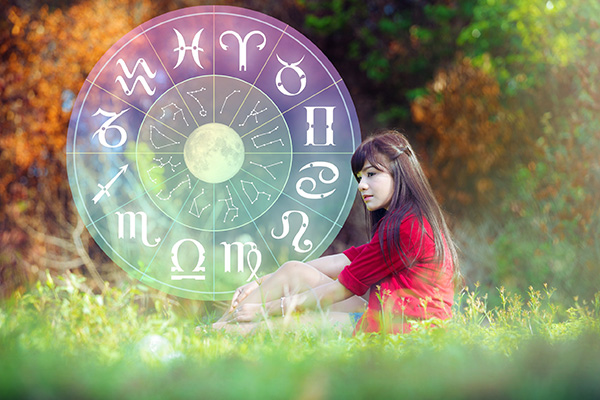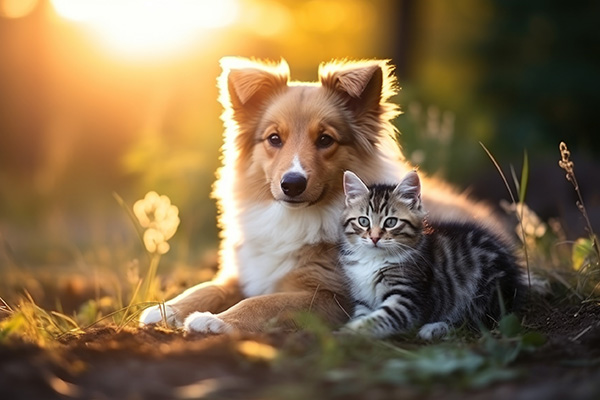The Motivating Tale Behind The Praying Hands
 In the 15th century, a small village close to Nuremberg, Germany, was home to a family with 18 children. Yes, eighteen! To ensure there was food for this large family, the father, a goldsmith by profession, toiled for nearly 18 hours daily at his craft, alongside any extra jobs he could find in the area.
In the 15th century, a small village close to Nuremberg, Germany, was home to a family with 18 children. Yes, eighteen! To ensure there was food for this large family, the father, a goldsmith by profession, toiled for nearly 18 hours daily at his craft, alongside any extra jobs he could find in the area.
Amidst what appeared to be an insurmountable struggle, two elder siblings, Albrecht and Albert, nurtured a dream. They both yearned to explore their artistic abilities; however, they understood that their father would never be able to afford to send them to an art school.
After numerous late-night conversations in their cramped bed, the boys reached an agreement. They would flip a coin. The one who lost would descend into the local mines and use his earnings to support his brother’s education at the academy.
Four years later, once the brother who won the coin flip completed his studies, he would likewise support the mining brother so he could also enter the academy – either through selling his artwork or, if necessary, working in the mines.
On a Sunday morning, they tossed a coin. Albrecht Dürer emerged victorious and went to Nuremberg to study art. Albert ventured into the perilous mines, dedicating the next four years to financially aiding his brother, whose artistic endeavors at the academy quickly gained acclaim.
Albrecht’s etchings, woodcuts, and oil paintings far surpassed those of most his peers and even his professors, and by the time he graduated, he had started to earn considerable fees for his commissioned pieces.
Prayer represents our dialogue with the Divine. It can be whispered, chanted, penned, or represented through one’s work. Regardless of how it’s conveyed, it is never done in vain ~ Donna Wilk Cardillo
<pUpon his return to the village, the Dürer family hosted a joyful dinner on their lawn to honor Albrecht’s glorious return. Following a long and festive meal filled with music and laughter, Albrecht stood up from his esteemed position at the head of the table to toast his cherished brother for the sacrifices that had allowed him to achieve his dreams.
<pHis concluding words were: “And now, Albert, my dear brother, it is your time. You can go to Nuremberg to chase your dream, and I will support you.”
All eyes turned in eager anticipation to the far end of the table where Albert sat. Tears flowed down his pale cheeks, and he shook his head from side to side while sobbing and repeating, “No, no, no, no, no.”
Finally, Albert rose and wiped his tears. He looked down the table at the beloved faces surrounding him, then, placing his hands to his right cheek, he spoke softly, “No, brother. I cannot go to Nuremberg. It is too late for me. Look what four years in the mines have done to my hands! Each finger has suffered fractures at least once, and recently the arthritis in my right hand is so severe that I can hardly lift a glass to return your toast, let alone create fine lines on parchment or canvas with a pen or brush. No, brother, it is too late for me.”
Over 450 years have gone by. Today, Albrecht Dürer’s countless masterpieces – including portraits, pen and silverpoint sketches, watercolors, charcoals, woodcuts, and copper engravings – are displayed in every major museum worldwide. However, like most, you may only be familiar with one of Albrecht Dürer’s pieces. More than just recognition, you might even have a reproduction hanging in your home or workplace.
Nature possesses the beautiful for the artist who perceives it. Therefore, beauty can exist even in humble or perhaps unattractive things, and ideals that improve upon or pass over nature may not ultimately be truly beautiful ~ Albrecht Dürer
<pYes, indeed. One day, in honor of Albert for all he sacrificed, Albrecht Dürer meticulously illustrated his brother’s worn hands, palms joined and slender fingers reaching upward. He simply named his poignant drawing Hands, but the world soon opened its heart to his remarkable work, later renaming it The Praying Hands.
<pThe next time you encounter a reproduction of this touching piece, pause for a moment. Let it remind you that we do not achieve success alone in this life. We rely on the support, grace, and kindness of others. Where would many of us be without the selfless sacrifices and unwavering love of those surrounding us?
<pI spent five years studying art history and humanities at university before graduating. Albrecht Dürer was one of my favorite artists covered in my studies. Yet, I only recently learned this moving story. I regret not knowing the name of the author from whom I gained most of this knowledge so I could give them credit, as they remain unnamed. Regardless, I hope you find as much value as I have in the grace shared between these brothers.
|
For thirty-six years, Mountain Sage has been offering her highly valued insight, coaching, and spiritual guidance to clients locally and internationally. Many psychics, spiritual advisors, healers, professionals, celebrities, and individuals from all walks of life have sought her gifts to navigate turbulent times. Mountain Sage is a devoted student of a revered Gurugi in Bombay and Shaman of the Fireheart Sweat Lodge in Santa Fe, New Mexico. Her comprehensive training encompasses Oracle, Healing, Universal Laws & Principles, the Sacred Circle, and Psychic Shielding. She specializes in Ascended Masters, Altars, and Minerals. Her tribe honors her as an Oracle Carrier for her exceptional psychic capabilities, passion for the psychic realm, integrity, and sacred work. She adeptly merges mystical awareness with practical application, and her art lies in connecting with the Divine. Access a psychic reading with Mountain Sage at PsychicAccess.com. |
The Uplifting Tale Behind The Praying Hands
The image of two hands folded together in prayer is universally recognized and carries great significance for numerous faiths around the globe. Known as “The Praying Hands,” this emblematic image has emerged as a symbol of hope, faith, and determination. But what narrative lies behind this compelling imagery?
The Praying Hands, also referred to as “Study of the Hands of an Apostle,” is a renowned pen-and-ink sketch crafted by the German artist Albrecht Dürer in the early 16th century. Dürer, often hailed as one of the foremost artists of the Northern Renaissance, was celebrated for his meticulous attention to detail and his extraordinary ability to depict the human form with accuracy.
The tale of The Praying Hands commences with two brothers, Georg and Jost, who resided in a small village near Nuremberg during the 15th century. Both brothers harbored a profound passion for art and aspired to become artists. However, their dreams were thwarted when their family encountered financial difficulties, forcing them to abandon their artistic ambitions to support their household.
Georg and Jost faced a challenging decision to enter into a goldsmithing apprenticeship for a reliable income. This choice meant relinquishing their artistic goals, but they remained steadfast in their commitment to assist their family and take refuge in their faith.
Despite their demanding apprenticeship, the brothers never ceased to cherish art. They frequently spent their evenings sketching and drawing, utilizing their limited free time to nurture their creativity. Noticing their talent, their goldsmithing mentor, Andreas Dürer, encouraged them to reignite their artistic dreams.
Years rolled on, and the brothers’ economic situation began to improve. They finally regained the opportunity to chase their true passion for art. However, tragedy struck when Georg developed debilitating arthritis in his hands, rendering them ineffective for painting. Heartbroken, Georg turned to his brother Jost for assistance.
Moved by his brother’s suffering, Jost selflessly decided to relinquish his own artistic aspirations and support Georg. He became the hands of Georg, realizing his brother’s artistic concepts on canvas. Together, they built an impressive collection of work, with Jost adeptly translating Georg’s ideas into stunning paintings.
One day, while visiting the residence of a prosperous patron, the brothers met the renowned artist, Albrecht Dürer. Dürer was enchanted by the brothers’ commitment and skill, leading him to request a viewing of their creations. As he scrutinized their paintings, he was profoundly affected by the deep faith and emotion emanating from their art.
Dürer was especially impacted by a sketch depicting the brothers’ hands clasped in prayer. He recognized the significance and strength of this representation and decided to create his own rendition of it. Dürer’s drawing, known as The Praying Hands, quickly became a sensation and remains one of his most acclaimed creations.
The Praying Hands stands as a powerful testament to faith, sacrifice, and resilience. It serves as a reminder that even amidst challenges, we can draw strength and inspiration. This image resonates with individuals from diverse backgrounds, transcending personal beliefs, as it embodies the universal desire for hope and a connection to something more profound than oneself.
Today, The Praying Hands exists in various interpretations, from paintings and sculptures to tattoos and jewelry. It continues to motivate and uplift people across the globe, recalling the remarkable tale of two brothers who overcame numerous hurdles to produce art that transcends time and space.
In closing, The Praying Hands is more than just a beautiful artwork; it symbolizes resilience, sacrifice, and steadfast faith. The inspiring narrative beneath this iconic image serves as a reminder that even in adversity, we possess the power to triumph and create something of significance. Continue reading


















